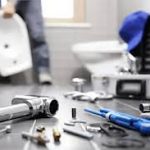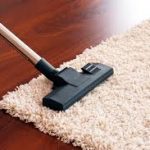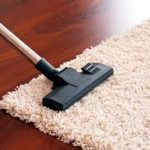
Chemical reactions—they’re a lot like cooking, aren’t they? You toss in a bit of this, a dash of that, and voila! But unlike a misstep in the kitchen, where your worst outcome might be a cake that’s more concrete than a sponge, chemical underpinning a mobile home can lead to serious hazards. Let’s chat about why safety is the name of the game here.
Imagine working in a lab, expecting a regular day, and suddenly feeling a bit too warm—like you’re in a sauna wearing a parka. You glance around. A flask is bubbling furiously, spewing cloud-like fumes. Panic mode hits. Not your usual 9-to-5, right? Modern laboratories have implemented barrels of safety protocols, but how many times do we skim through those guides, thinking nothing could possibly go wrong?
One cornerstone of safety is communication. Think of it as passing the baton in a relay race. If one person stumbles, the whole team may fall behind. You’ve got to talk it out, folks! Make sure everyone knows exactly what chemicals are being used, their potential reactions, and what to do if the mixing goes south. Don’t be the lone wolf, especially when explosive reactions are a real possibility.
And let’s talk equipment. Ah, yes, our trusty sidekicks. Your gloves, goggles, lab coats—they’re more than sartorial splendor. These items are your first line of defense. Imagine tackling a wildfire with a garden hose. Wouldn’t work out too well, would it? The same goes for inadequate safety gear. It’s not optional; it’s your armor.
Chemical storage can be a Pandora’s box of risks. A jumble of incompatible substances can spell disaster. Picture a high school reunion between two sworn enemies. Bad blood, explosive arguments, and collateral damage—not fun. Likewise, some chemicals don’t play nice together. Storing them appropriately can avert a laboratory apocalypse.







